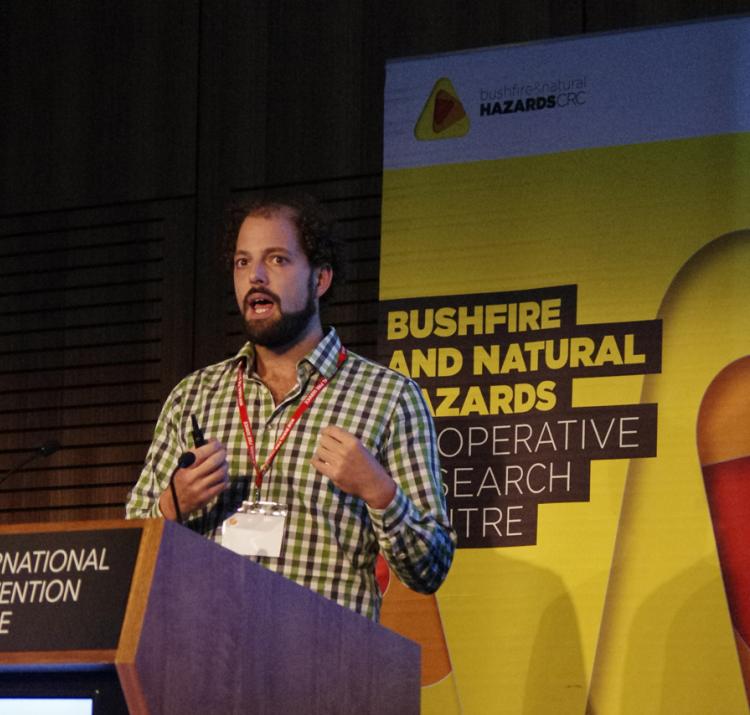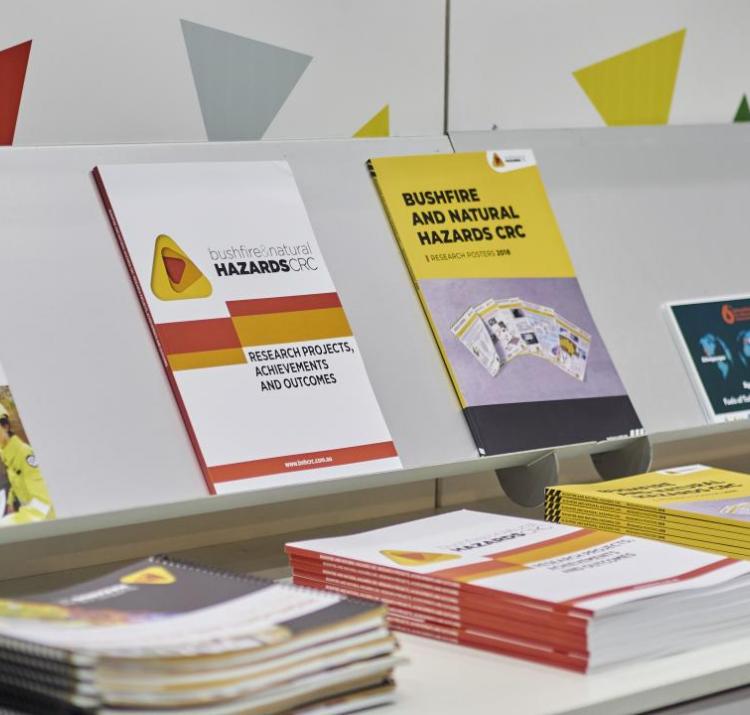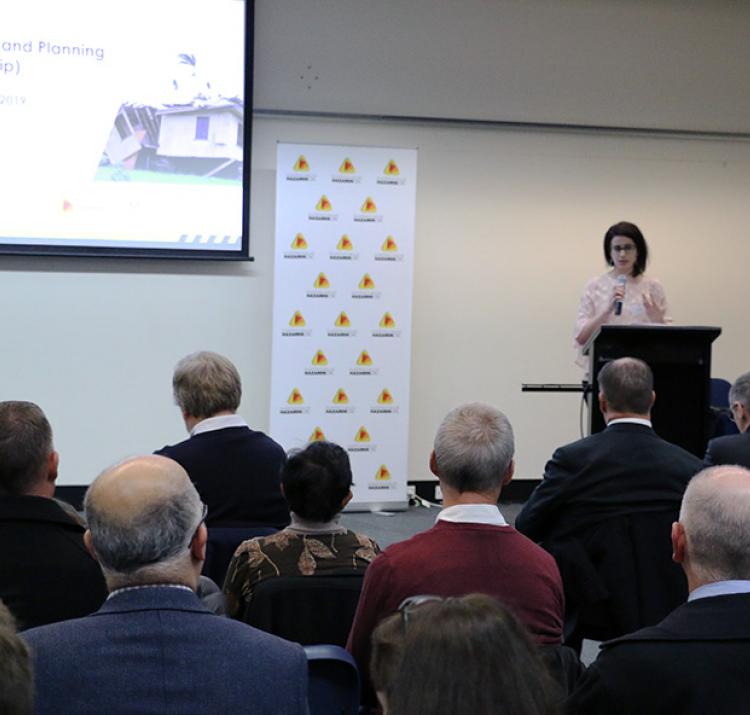Student researcher
Transformative resilience to bushfires can be consciously facilitated by continuous development, update, sharing and application of Disaster Risk Management (DRM) knowledge through mechanisms set by societies during the mitigation and preparedness phases to prevent and prepare to deal with uncertainty and change. Spatial planning, as a practice of knowing and identifying trajectories of becoming, has the potential to enable bushfire DRM actions to gradually evolve into different, more desirable, development pathways for long-term risk reduction and prevention. However, there has been identified a lack of literature and scholarly research on spatial planning ways of knowing, steering, and dealing with the barriers to bushfire DRM action. Therefore, the aim of this study is to contribute to understandings of ways of improving spatial planning capacity to identify, mainstream and change over time based on new considerations about bushfire risk management.
The project is designed as a two-stage policy analysis research: firstly, to retrospectively explore the ways previous bushfire DRM knowledge transformed the planning processes and mechanisms, describing the current processes and mechanisms in place; and to secondly, prospectively identify potential spatial trajectories of transformation to integrate bushfire DRM knowledge, exploring the barrier and facilitators to them. A multiple case study strategy is selected. The planning systems of two countries – Australia and Chile – are selected as cases; these will be approached as multi-level, considering three spatial and governance scales: national/federal; state/regional; and local. The project will be investigated through a qualitative method approach, including qualitative data collection and analysis.
Overall, the expected outcomes of the research are: (1) individual case studies reports providing conclusions regarding the planning system’s mechanisms to deal with bushfire risk, and recommendations of the identified trajectories for potential transformation; (2) cross-case analyses, discussions, policy implications and conclusions about spatial planning capacity to incorporate bushfire DRM mechanisms to develop transformative resilience, allowing comparison with international theory about planning’s potential to promote resilience, as well as about resilience theory illustrating in an applied manner ways for facilitating transformative resilience.
| Year | Type | Citation |
|---|---|---|
| 2021 | Journal Article | Integrating wildfire risk management and spatial planning – A historical review of two Australian planning systems. International Journal of Disaster Risk Reduction 53, (2021). |
| 2021 | Thesis | Spatial planning to promote settlements’ resilience to bushfires. Architecture, Building and Planning Doctor of Philosophy, (2021). |
| 2020 | Book Chapter | Understanding Disaster Risk: A Multidimensional Approach 159-178 ( Elsevier, 2020). doi:https://doi.org/10.1016/B978-0-12-819047-0.00002-0 |
| 2019 | Journal Article | Challenges for wildfire-prone urban-rural interfaces: The case of Melbourne. Urbano 22, 88-105 (2019). |
| 2019 | Journal Article | Urban planning: historical changes integrating bushfire risk management in Victoria. Australian Journal of Emergency Management 34, 60-66 (2019). |
| 2018 | Journal Article | Establishing Design Principles for Wildfire Resilient Urban Planning. Planning Practice and Research 33, 97-119 (2018). |








